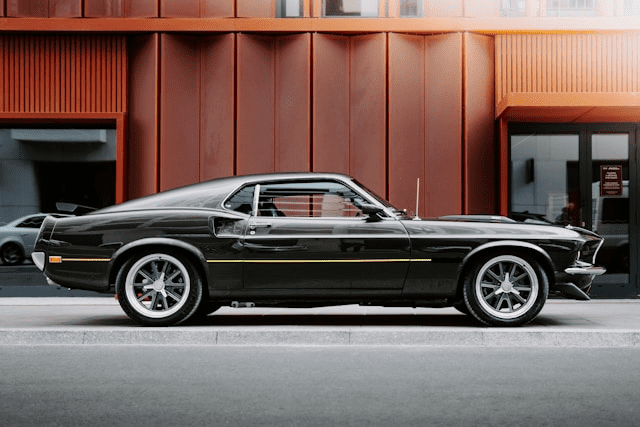The muscle car represents a bold and uniquely American creation, akin to the rebellious spirit of rock ‘n’ roll. Few things can match the exhilaration of their raw power. While not known for their prowess in handling tight corners, quick braking, or fuel efficiency, these vehicles were purpose-built to dominate the wide, open roads of America with sheer speed. At the core of classic muscle cars were their robust V8 engines, squeezed into compact two-door sedans. Let’s delve into the engines of some iconic Ford* muscle cars in this installment of “Muscle Car Mania.”
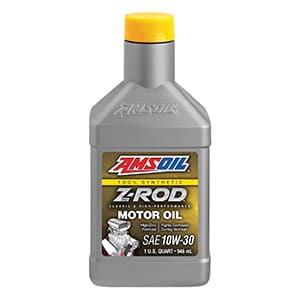
Ford* Flathead*
When you think of the Ford* muscle car era kicking off, you can’t help but tip your hat to the engine that set the stage—the Ford* Flathead*. A true pioneer, the Ford* Flathead* engine wasn’t just another V8; it was the V8 that sparked a revolution in 1932. Before the Flathead*, the idea of a V8 powering anything but the most upscale cars was unheard of. Ford* changed the game by making this powerful engine accessible to the everyday Joe and Jane, igniting the hot rodding scene.
1932 Introduction and Evolution
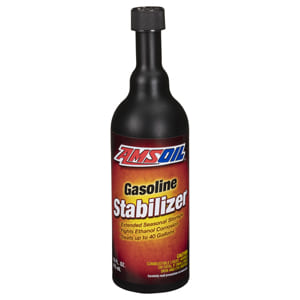
Bursting onto the scene with a modest 221 cubic inches and an output of 65 horsepower, the Ford* Flathead* wasn’t just another engine—it was a bold statement. Its affordability and potential for modification fueled a burgeoning hot rodding culture. The Flathead* quickly became a canvas for gearheads and speed enthusiasts, paving the way for what would become a uniquely American obsession with speed and power.
Post-WWII Enhancements
The end of WWII marked the beginning of a new era for the Ford* Flathead*. Its displacement bumped up to 255 cubic inches, boosting horsepower to 125. This leap in power wasn’t just a number on a spec sheet—it signified the Flathead*’s evolution from a workhorse into a beast of the streets. The post-war era saw a surge in aftermarket parts, transforming the Flathead* from a solid performer into a powerhouse capable of leaving most cars in its dust, quite literally.
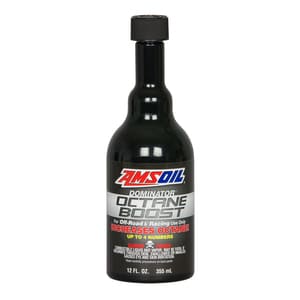
289 Small Block
If the Flathead* was the spark, the 289 Small Block was the wildfire that followed. Anchoring the rise of the iconic Mustang*, the 289 became synonymous with American muscle. Its roar was not just heard on the streets but felt in the hearts of enthusiasts everywhere. From the high-octane K-code variant to the more subdued 200-horsepower versions, the 289 Small Block was a versatile beast that powered some of the most legendary Ford* muscle cars.
Mustang* Legacy
The Mustang*’s legacy is intertwined with the 289 Small Block. The engine’s various performance versions propelled models like the Cobra* and G.T. 350* into the annals of automotive history. The K-code Hi-Po, with its solid lifter valvetrain and robust hardware, wasn’t just part of the Mustang*; it was a heart that pumped pure adrenaline into those who got behind the wheel.
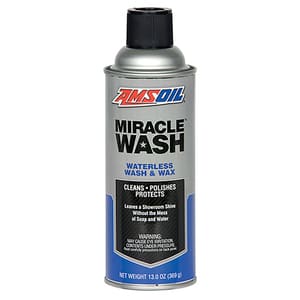
Carroll Shelby’s Impact
Carroll Shelby’s touch turned the 289 from a powerful engine into a legend. Shelby’s enhancements and tuning turned the 289-powered Cobras* and G.T. 350*s into true race winners, proving that with the right tweaks, the 289 wasn’t just good—it was unbeatable. Shelby’s work elevated the 289’s status from a formidable engine to an iconic powerplant in Ford*’s muscle car lineup.
427 FE Medium Riser
Entering the muscle car fray with a thunderous roar, the Ford* 427 FE Medium Riser was not to be underestimated. Evolving from its predecessor, the 390 cubic inch FE V8, the 427 boasted advanced engineering features and a hunger for speed. Its presence on the NASCAR* and drag racing circuits was not just felt; it was dominant.
Racing Domination
The Ford* 427 FE engine’s track record speaks volumes. With victories in NASCAR* and notable triumphs on the drag strip, the 427’s power and reliability were undeniable. But it wasn’t just about power. The engineering prowess behind the 427, including its side-oiling system and robust build, made it a force to be reckoned with at high speeds and under the strain of competition.

Innovative Features
The secrets to the 427 FE’s success weren’t just hidden under the hood—they were part of its DNA. Features like the side-oiling system, forged crankshaft, and solid lifters weren’t just add-ons; they were innovations that pushed the boundaries of what muscle car engines could achieve. This engine didn’t just perform; it set the standard for power, reliability, and sheer muscle.
Enhancing Horsepower: AMSOIL High Zinc Oil for Ford* Muscle Cars
Ideal for classic vehicles like Ford* muscle cars, this exceptional AMSOIL 100% synthetic engine oil is specifically engineered to assist in preserving and maximizing horsepower levels for peak performance. With its potent high-zinc formula, it serves as a reliable guardian for critical engine components, including flat-tappet cams, lifters, and rockers, ensuring their longevity and efficiency. Moreover, this advanced formula goes the extra mile by offering unmatched protection against corrosion and rust, especially crucial during extended periods of vehicle storage.

Conclusion
Ford* muscle cars and their powerful engines have left an indelible mark on the automotive industry and on the hearts of enthusiasts. From the pioneering spirit of the Ford* Flathead* to the roaring might of the 427 FE, these engines transcended their mechanical purpose, embodying the thrill and passion of the American muscle car era. Their legacy endures, a testament to the enduring allure of power, performance, and the open road.

*All trademarked names and images are the property of their respective owners and may be registered marks in some countries. No affiliation or endorsement claim, express or implied, is made by their use.
